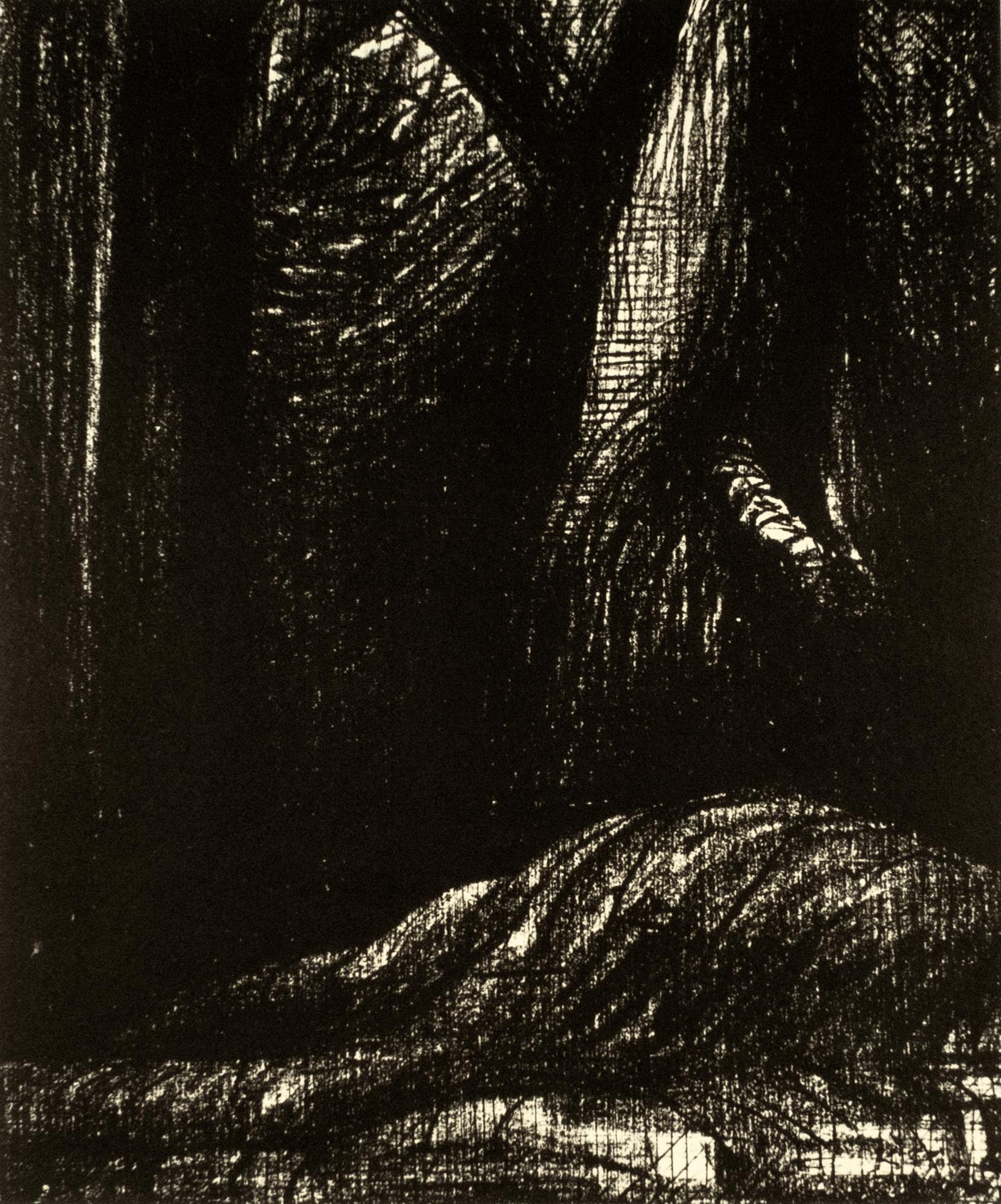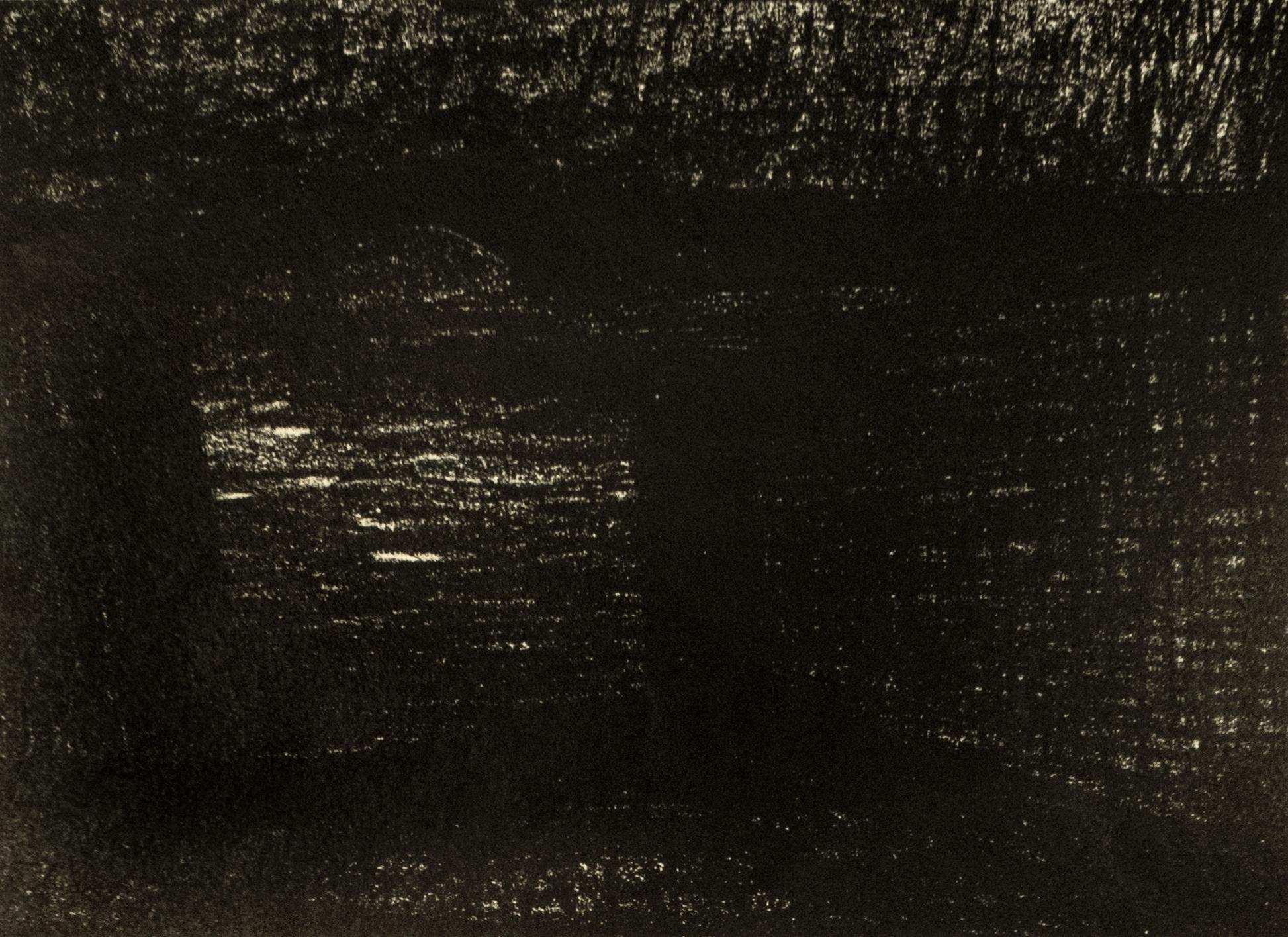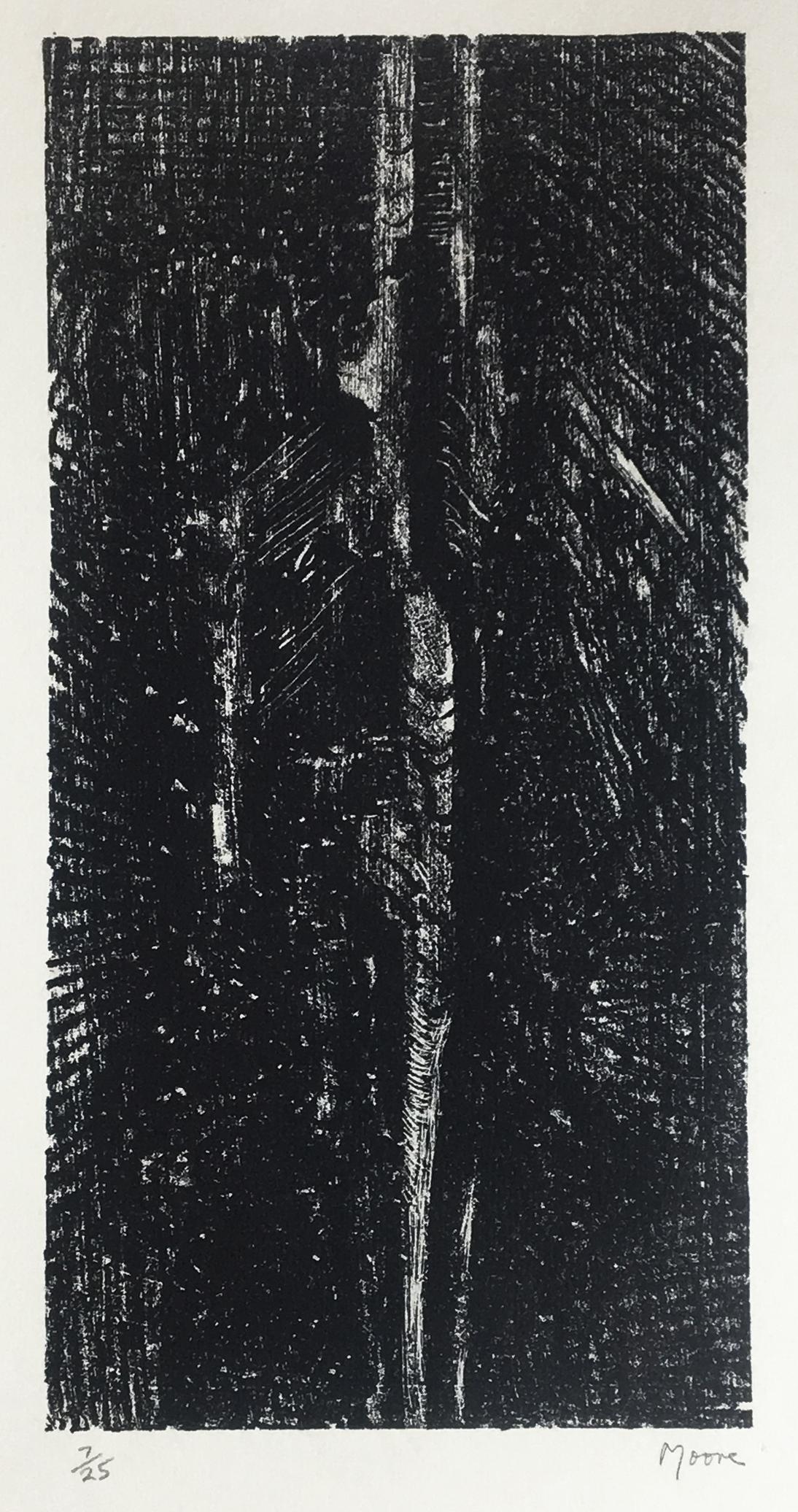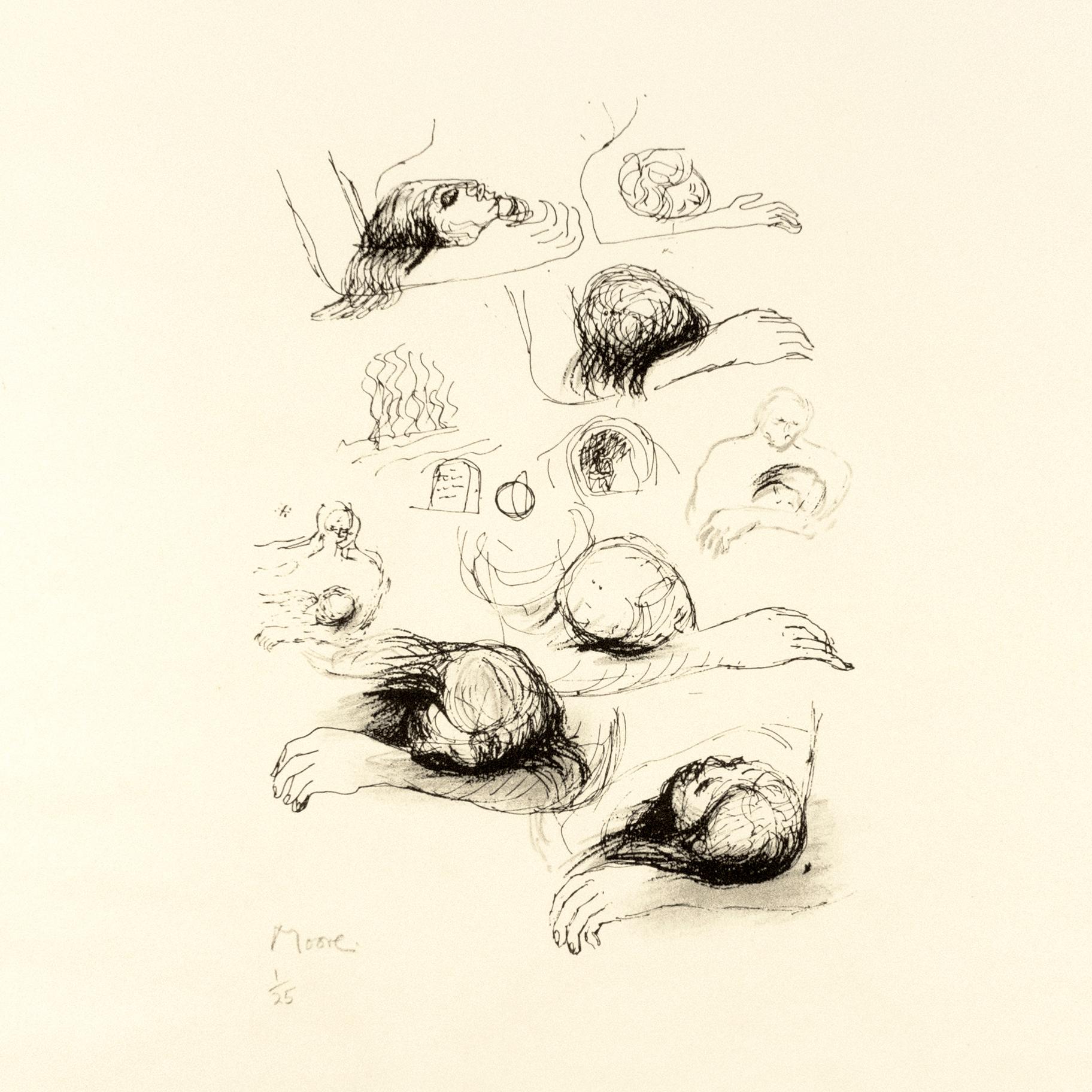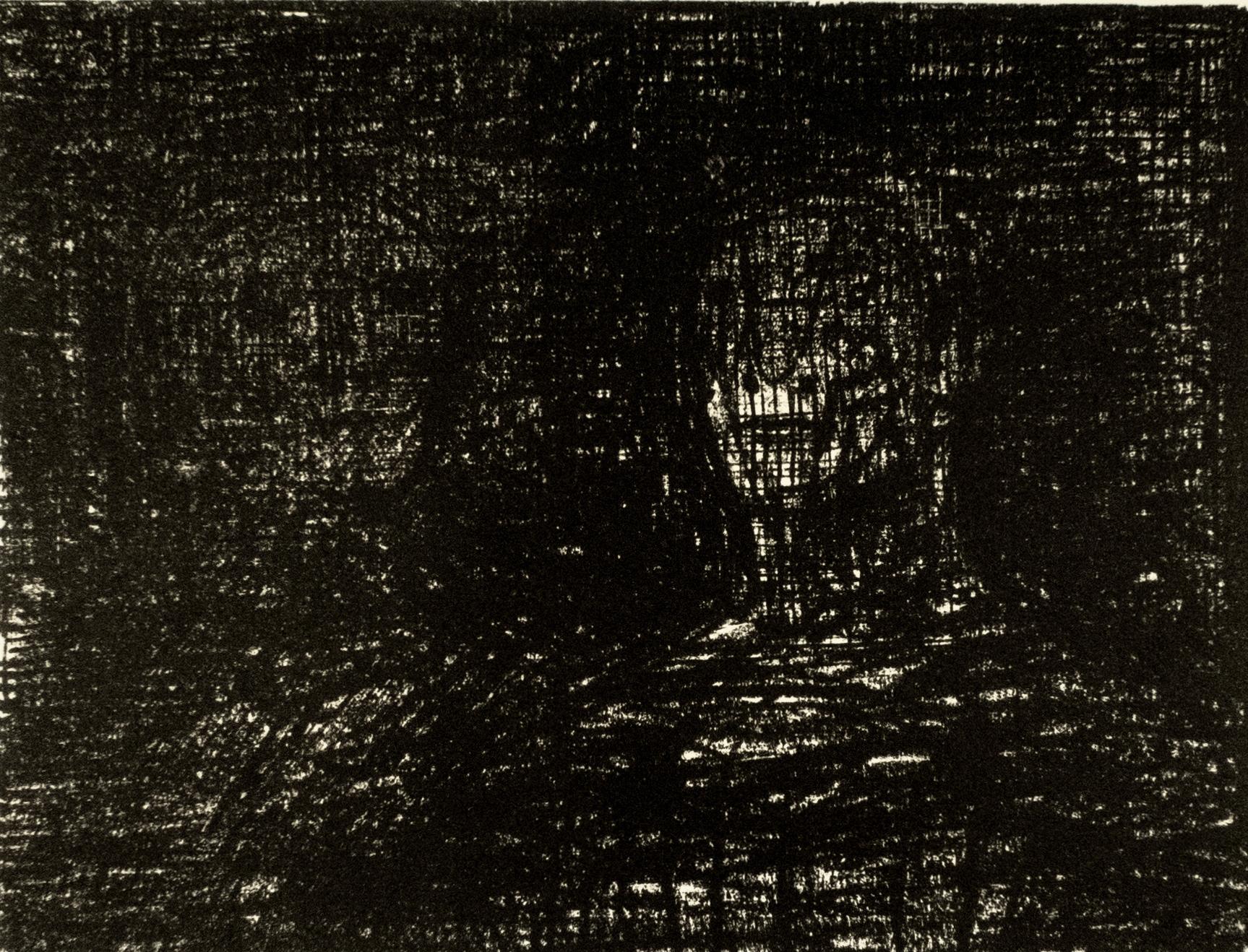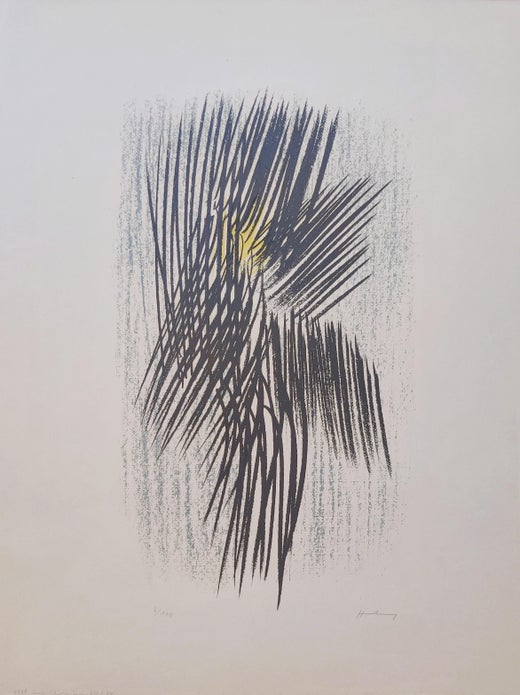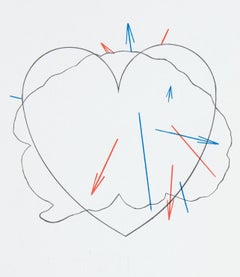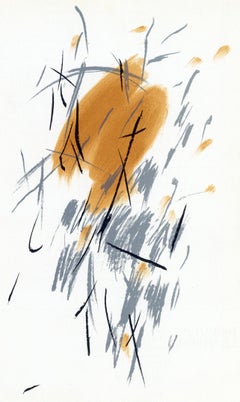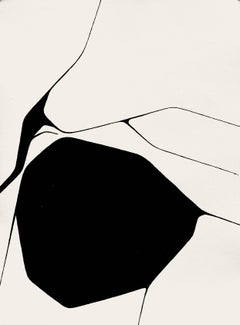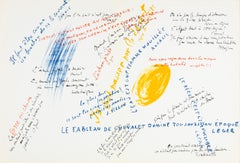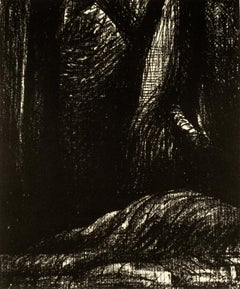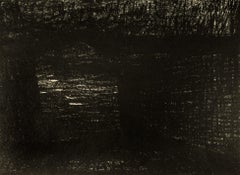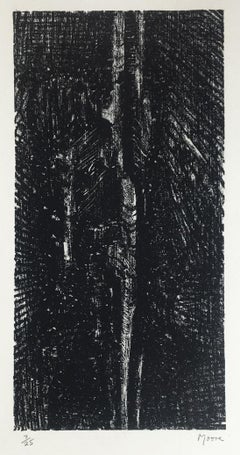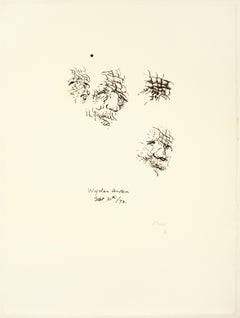Lithograph on vélin paper. Paper Size: 12.4 x 9.65 inches. Inscription: Unsigned and unnumbered, as issued. Notes: From the album, XXe siècle, Nouvelle série, XXVIe Année N°24, Décembre 1964, Cahiers d'art créés en 1938 par G. di San Lazzaro, 1964. Published by Société Internationale d'Art XXe siècle, Paris, under the direction of Gualtieri di San Lazzaro, éditeur, Paris; printed by Mourlot Frères, Paris, 1964. Additional notes: Excerpted from the academic article, “Promoting Original Prints, The Role of Gualtieri di San Lazzaro and XXe Siècle” by Valerie Holman, published in Print Quarterly, XXXIII, 2016, 2, Until recently very little has been written on the Italian author and art publisher Gualtieri di San Lazzaro (1904-75), yet for 50 years he chronicled the life and work of contemporary artists, produced monographs of exceptional quality, and disseminated original prints by modern painters and sculptors through his best-known periodical, XXe Siècle. Although still a relatively unfamiliar figure in the United Kingdom, San Lazzaro is one of the half-dozen great art publishers of the mid-twentieth century who, together with his exemplar, Ambroise Vollard (1866-1939), and those of his own generation, Christian Zervos (1889-1970), Tériade (1889-1983) and Albert Skira (1904-73), chose to base himself in Paris, seeing it throughout his life as the centre of the art world….XXe Siècle, an illustrated periodical, was launched in 1938 and printed in editions of approximately 2,000, each issue containing both photographs and four-colour separation reproductions across a wide spectrum of visual imagery ranging from masterpieces of Western painting to popular prints from the Far East. Its large format, lively design, and close integration of text and image, were immediately striking, but its most innovative feature, introduced at the suggestion of Hans Arp (1886-1966), was the inclusion of original prints by contemporary artists in every issue. With obvious appeal for collectors, XXe Siècle was also designed to introduce a wider, international public to contemporary painting and sculpture through good quality colour reproductions and the immediacy of original prints. Comparable in price to Cahiers d'Art, early issues of XXe Siècle sold out rapidly. While San Lazzaro's own aesthetic preferences tended towards lyric abstraction, he made clear that XXe Siècle was non-partisan [publication ceased during World War II]….in 1951, San Lazzaro relaunched XXe Siècle with thematic issues that were materials based, or centred on a topic of current interest in the visual arts, particularly in Europe: concepts of space, matter, monochrome, mark-making and the sign.' A defining feature of the new series was Italy's artistic dialogue with France for, while San Laz-zaro had originally concentrated on Paris-based painters and sculptors, his aim was to create an international network, to make known the work of French artists in Italy and Italian artists in France, and subsequently extend this bilateral axis to the English-speak-ing world. The artists represented in No. I by an original print were all best known as sculptors: Arp, Laurens, Henry Moore (1898-186) and Marino Marini, San Lazzaro not only sought to show readers the full range of an artist's work, but to encourage the production of prints, a stimulus much appreciated, for example, by Magnelli…. Suffering from failing health, in 1968 San Lazzaro lost overall control of XXe Siècle to Léon Amiel, a printer-publisher who had provided financial backing and helped with distribution in America." Thematic issues now ceased and were replaced by a 'panorama' of the year, but San Lazzaro was still active as a publisher of books and albums of prints….Shortly after his death, San Lazzaro himself was the subject of two exhibitions: 'Omaggio a XXe Siècle' in Milan in December 1974 centred on graphic work by those artists closest to him late in life, while 'San Laz-zaro et ses Amis' at the Musée d'Art Moderne de la Ville de Paris in 1975 featured work by all those whose work he had promoted for more than 50 years: Arp, Calder (1898-1976), Capogrossi, Chagall, Sonia Delau-nay, Dubuffet, Estève, Lucio Fontana (1899-1968), Gili-oli (1911-77), Magnelli, Marini, Miró, Moore and Poliakoff. This exhibition was seen by one of his closest colleagues as an indirect portrait of San Lazzaro, a complex man whose modesty and reserve masked his unremitting drive to extend international appreciation of contemporary art, and to bring the reading public closer to its making through the medium of print.
HANS HARTUNG (1904-1989) was a French painter of German origin, one of the leading European exponents of a completely abstract style of painting, which influenced a generation of Abstract Expressionist artists including, Joan Mitchell. He cultivated interests in philosophy, astronomy, music, and religion at a young age before he turned to painting. Early in his career he found inspiration in the works of Rembrandt van Rijn and Francisco de Goya, and later influences included Lovis Corinth, Oskar Kokoschka, Emil Nolde, and Max Slevogt. At just 17, Hartung began to experiment with abstraction, synthesizing the graphic techniques of his artistic models while completely eliminating figurative elements.
Hartung entered the Universität Leipzig in 1924 to study philosophy and art history but left to concentrate on painting at the Kunstakademie, Leipzig. While Hartung was advised to pursue further training at the Bauhaus, he opted to study at the Kunstakademie, Dresden. In 1926 Hartung saw an exhibition of international art in Dresden, which exposed him to Cubism and other modern styles that had emerged in France. His encounters with works by Georges Braque, Juan Gris, Henri Matisse, and Pablo Picasso, along with various travels abroad, encouraged him to move to Paris in 1926, where he spent the majority of his time until 1932, although he passed the summer of 1928 in Munich studying under artist and theorist Max Dörner. In 1929 Hartung married the Norwegian painter Anna-Eva Bergman. After several years abroad, they tried to reestablish themselves in Berlin in 1935 but were soon forced into exile by the National Socialist regime. In the years leading up to World War II, Hartung's work reflected his attempts to reconcile chance and control, combining expressive graphic elements with patches of black and color to produce a sense of spontaneity. After the outbreak of the war, Hartung served in the Foreign Legion (1939–40), and later in the Free French (1943–44). He was gravely wounded at the German Front, and one of his legs was amputated. In 1945 he returned to Paris and resumed painting and the following year earned French citizenship. Hartung was a major figure in Art Informel and Tachisme (from the French tache, meaning blot or stain). While Hartung's postwar paintings are generally described as exhibiting a calligraphic quality, his work moved through a series of phases, becoming less spontaneous and more formally aggressive than his work from the late 1930s. In many works of the late 1940s and early 1950s, such as T-50 Painting 8 (T-50 peinture 8, 1950), he applied large areas of color to the canvas on which he painted a combination of bold black brushstrokes and thinner frenetic linear strokes. Hartung received several international awards, including the 1956 award for the Europe-Africa section at the Guggenheim International Award and the International Grand Prize for painting at the 1960 Venice Biennale. His first major group show was organized by curator and critic Christian Zervos at the Jeu de Paume, Paris (1937). After settling permanently in Paris, he exhibited regularly at the Salon des Surindépendants (1935, 1937, 1945). His first solo show took place at Galerie Lydia Conti (1947) and was followed by other early exhibitions at Galerie de France (1956) and Galerie Craven (1956). Major international presentations include Younger European Painters: A Selection, Guggenheim Museum (1953–54); a retrospective at Musée national d'art moderne, Paris (1969); and solo exhibitions at Metropolitan Museum of Art, New York (1975) and Musée d'art moderne de la Ville de Paris (1980). In 2017, Has Hartung’s painting, T, sold for $3,172,939 USD for at Sotheby's Paris, setting a world record for the artist.
